

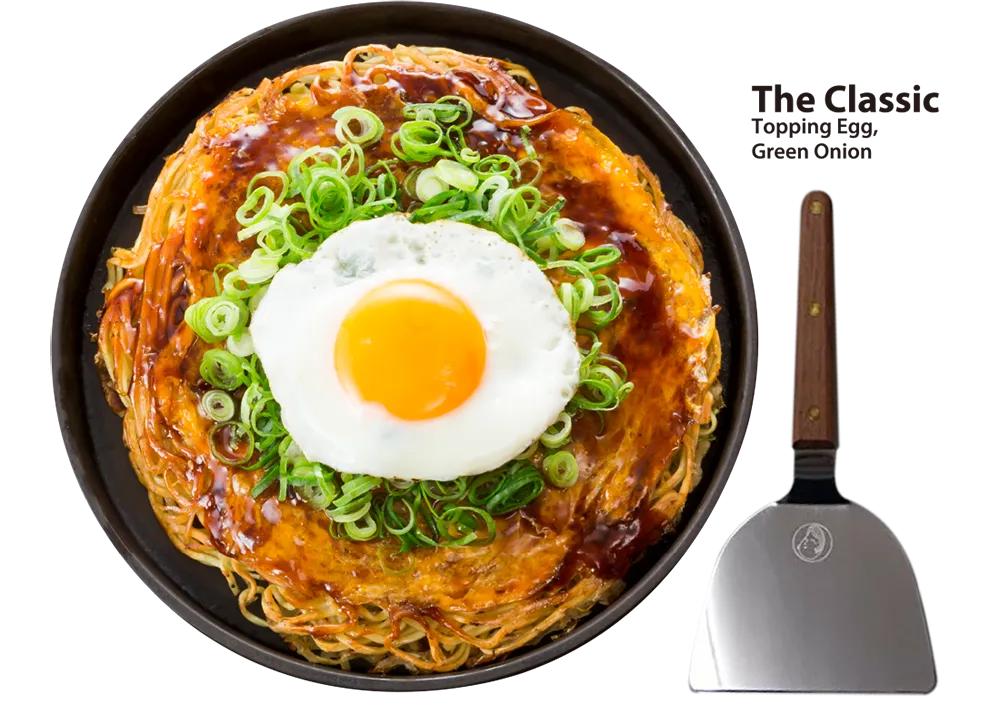
It generally contains about 11 layers which consist of various types of vegetables, moderate portions of protein, a decent layer of carbs, and a few layers of extra flavor.
And although each layer brings their own flavor and texture to the table, it's the famous Otafuku sauce that brings them all together.Hiroshima style okonomiyaki has a few distinguishing features compared to the more widely known Osaka style.
For one, each ingredient has its own layer. That means keeping each layer in order during cooking and merging all layers requires more attention and a little extra dexterity from the chef.Second, Hiroshima style uses a whole lot more cabbage.And third, there’s a layer of grilled noodles!Watching masterful chefs preparing Hiroshima style okonomiyaki behind the teppan grill adds to the dining experience.Keep in mind that the best seats in the house are right at the counter!

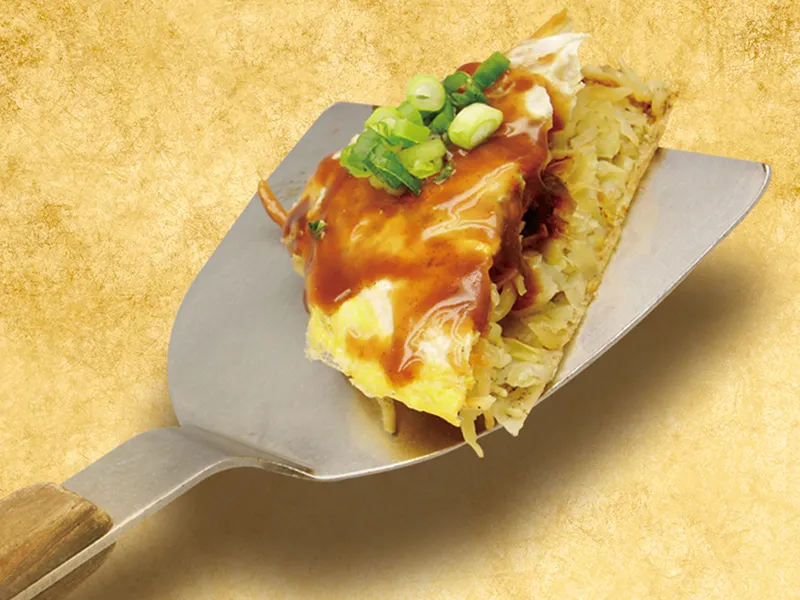
Part of what makes okonomiyaki so popular is the fun you can have when you eat it! Everyone gets their own miniature spatula to cut and eat with. Be advised that it is not recommended to allow children to cut their own food as it will result in peculiarly shaped bite-sized bits. (This applies to someadults, also.)
During the rebuilding phase of Hiroshima immediately following World War II, daily living resources were scarce supply, especially food.
It was at this time a pre-war children's snack, called issenyoshoku, evolved into what is now known as okonomiyaki.
It became a staple for the people of Hiroshima as they healed from the wounds of war andrebuilt their city.

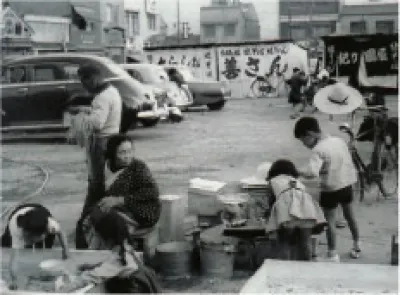
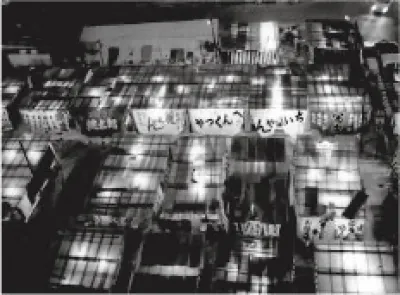
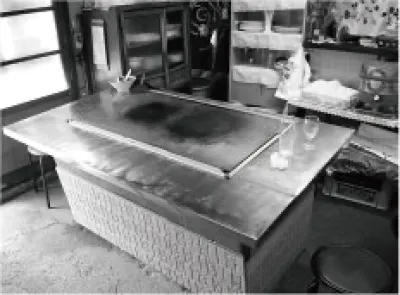
How to cook Hiroshima style okonomiyaki?The Chinchikurin crew gives you a tasty looking demo on how to cook some solid okonomiyaki. Enjoy!